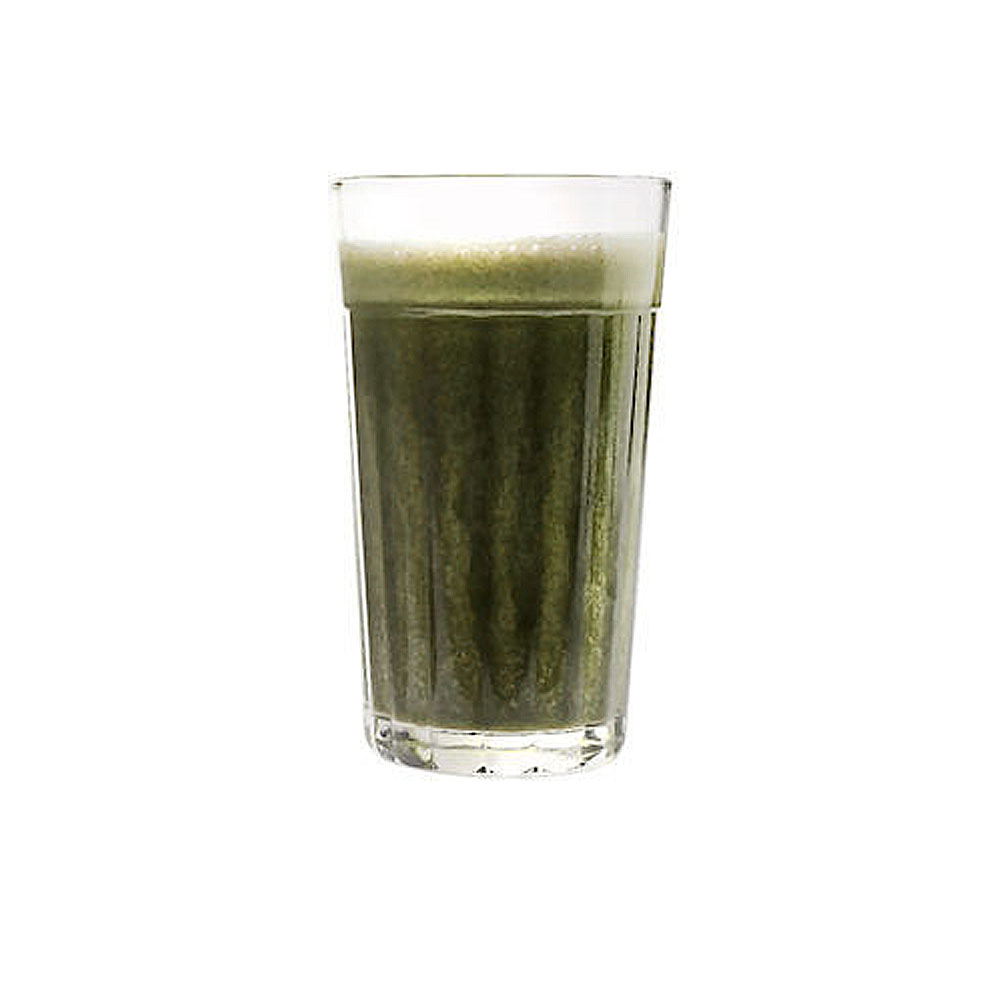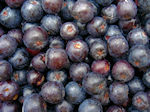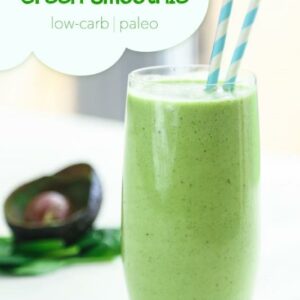Uncategorized
Green Powder Superdrink
Although there are many green drinks, there are none that make you feel as good as Green Powder Super-drink (GPS for short).
GPS has such a plethora of exotic, seldom consumed food nutrients, that it fills in the nutritional gaps that most people’s limited number of dietary foods create. When your body has access to nutrients that it doesn’t get from standard local produce, or people’s limited number of routinely eaten foods, those nutrients are put to use immediately. Try GPS and feel the difference!
Green Powder Super-drink includes numerous, non-destructively dried, juiced, organic or wild-crafted vegetables, fruits, berries, herbs and algae, plus non-dairy enzymes. It is a VEGAN delight and can be added to any beverage to make it a super nutrition beverage. The nutritional value far exceeds anything a person could juice at home… and with virtually no effort and no time. Look what’s included:
Vegetables and Grasses:
Berries:
Fruits:
Herbs, Sea Vegetation, Probiotics and Shilajit Minerals:
More About the Ingredients in Green Powder Superdrink (GPS)
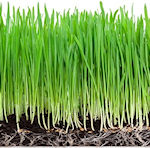
Wheat-Grass
Wheat grass is the first sprouted grassy leaves of wheat seeds. During the sprouting process (this is true of all sprouts), numerous enzymes and other nutrients are created that weren’t in the original seed. Wheat grass juice has about the same composition as human blood except that the iron and copper are reversed in percentage amounts. Since most people are deficient in copper… that’s a good thing. Wheat grass is superbly high in nutrients and antioxidants. It supports healthy skin, respiratory function, gastrointestinal health and fertility. It is highly alkalizing.
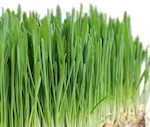
Barley-Grass
Barley grass is the first sprouted grassy leaves of barley seeds. During the sprouting process (this is true of all sprouts), numerous enzymes and other nutrients are created that weren’t in the original seed. Barley juice powder is rich in vitamins A, C, B and minerals iron, calcium (11 times more than milk), potassium, magnesium, and phosphorus. It is also very high in absorbable protein and contains 20 amino acids, including 8 of the essential amino acids that body can’t produce itself. It stimulates detoxification and improves skin healthy and elasticity. It helps in the repair of DNA.
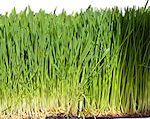
Oat-Grass
Oat grass is the first sprouted grassy leaves of oats seeds. During the sprouting process (this is true of all sprouts), numerous enzymes and other nutrients are created that weren’t in the original seed. The health benefits of oat grass are plentiful, the first of which is cognitive improvement, including attention, maintaining focus and concentration on mental tasks. It also has been shown to lessen anxiety. and increase cell longevity. It is a good source of selenium, folate, zinc, B-Vitamins, copper and iron.
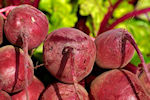
Beets
Beet juice has a high concentration of natural nitrates. Through a chain reaction, these compounds are changed into nitric oxide which helps in the circulation of blood in terms of better flow and delivering more oxygen to the cells. Beetroots contain betaine which boosts the functionality of the liver helping it detoxify the body better. Drinking red beet juice will supply your body with a significant amount of iron. Beet roots contain folate for cell protection and boosts gut mobility making for better digestion.
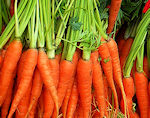
Carrots
The carrot (Daucus carota) is a root vegetable often claimed to be the perfect health food. Carrots are a particularly good source of beta carotene, fiber, vitamin K1, potassium, and antioxidants. They have been linked to lower cholesterol levels and improved eye health. They contain soluble fiber, pectin, which helps detoxify the blood. They are rich in beta carotene which the body converts into Vitamin A and Vitamin B6 which helps in energy production. They also contain lutein which helps protect and increase eye health.
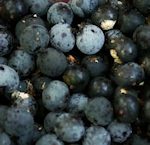
Acai Berry
Acai berries are 1-inch (2.5-cm) round fruits that grow on Acai palm trees in the rainforests of Central and South America. They have a dark purple skin and yellow flesh surrounding a large seed. Because they contain large seeds or pits like apricots and olives, they’re technically not a berry, but rather a drupe. Acai berries have a unique nutritional profile — high in antioxidants and fat and low in sugar. They have a taste that’s often described as a cross between blackberries and unsweetened chocolate. Fresh Acai berries have a short shelf life and aren’t available outside of where they are grown. As an export, they are sold as a frozen fruit purée, dried powder or pressed juice.
Aronia Berry
Aronia berries contain many times higher levels of antioxidants, polyphenols, and anthocyanins than cranberries, blueberries, grapes, and most other fruits. Studies have shown that the antioxidants in Aronia Berry and all antioxidants in general help reduce the risk for many types of diseases in humans and are valuable in delaying the aging process of cells. They are low in sugar, help digestion, help raise HDL cholesterol, improve vision and immune function and help normalize blood sugar.
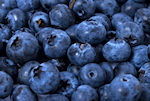
Bilberry
Bilberries are closely related to blueberries, are native to Europe and also known as huckleberry, or European blueberries. They are rich in antioxidants known as anthocyanins and polyphenols. Bilberries have been used for medicinal purposes for conditions ranging from eye conditions to diabetes. They are said to improve both day and night vision. Bilberry is said to strengthen the walls of blood vessels and is sometimes taken orally for varicose veins and hemorrhoids. Some evidence shows they are helpful with digestion and weight loss.
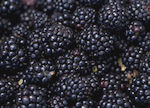
Black Berry
Black berry is high in Vitamin C, which is integral to collagen formation in bones, connective tissue, and blood vessels. They’re also high in Vitamin K which helps minerals be directed go to the right places in the body, manganese which is helpful for collagen formation and for helping wounds heal. They boost brain health, digestive health, immune health and provide help for maintaining healthy weight. They are excellent for the skin and help pregnant mothers in reducing the risk of defects in babies.

Camu Camu Berry
Camu Camu Berry is native to the Amazon rainforest but has gained popularity worldwide due to its many health benefits. It is high in Vitamin C and many other potent antioxidants like flavonoids, including anthocyanins and ellagic acid. Some studies suggest that Camu Camu berries may reduce body weight by increasing the number of burnt calories and positively altering gut bacteria. They also help minimize the spike in blood sugar after eating a high-carb meal. They have also been shown to help promote maintenance of normal blood pressure.

Blue Berries
Blueberries are low in calories, but high in nutrients. They help reduce DNA damage. The antioxidants in blue berries help cholesterol from becoming damaged. They protect aging neurons in the brain to help prevent memory loss. They help the urinary tract and help muscles to recover after strenuous exercise.
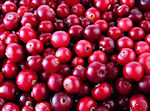
Cranberry
Cranberries are related to blueberries, bilberries, and lingonberries. Due to their very sharp and sour taste, cranberries are rarely eaten raw (however in GPS, they are still raw). Cranberries are rich in various healthy vitamins and plant compounds, some of which have been shown to aid the flow of urine through the kidneys. Cranberries are a rich source of several vitamins and minerals, especially vitamin C, which is essential for the maintenance of skin, muscles, and bone. It is also high in manganese which boosts cell growth, metabolism and the production of endogenous antioxidants. It is also high Vitamin E, Vitamin K and copper, which are often low in Western diets.
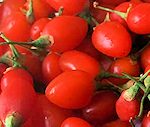
Goji Berry
The Goji Berry is native to Asia, and people in Asia have been using this brightly colored fruit for more than 2,000 years as a medicinal herb and food supplement. Polysaccharides are a primary characteristic of the Goji berry. Goji berries also contain beta-carotene, which is responsible for the orange-red color pigment in Goji berries. Beta-carotene is vital for eye health, bone health, skin health, and cell development. The amount of beta-carotene in Goji berries is among the highest of all edible plants. Goji berries contain large amounts of Vitamins A and C. They have been shown to help improve immune function, help keep blood sugar in normal ranges and improve brain function. In traditional Chinese medicine, they are used to improve liver health.
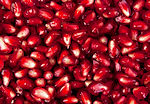
Pomegranates
Pomegranates contain Punicalagins and Punicic Acid, which are extremely potent antioxidants found in pomegranate juice and peel. Pomegranate seeds have three times the antioxidant activity of red wine and green tea and are useful in protecting against inflammation of all types. They are also rich in dietary nitrates making them good for the heart. Pomegranates are high in Vitamin C, potassium, and Vitamin K.
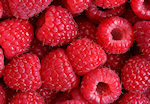
Raspberries
Red Raspberries contain strong antioxidants such as Vitamin C, quercetin and gallic acid that fight help fight inflammation and age-related decline. They are high in ellagic acid, a known preventer of cell mutation and repairer of cellular DNA, and have been shown to have anti-inflammatory properties. They are especially high in manganese which helps in the formation of endogenous antioxidants.
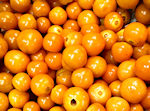
Golden Berries
Golden Berries Golden berries are bright, orange-colored fruits. Slightly smaller than cherry tomatoes, these fruits have a sweet, tropical taste somewhat reminiscent of pineapple and mango. Many people enjoy their juicy pop of flavor as a snack or in salads, sauces and jams. Golden berries are also known as Inca berry, Peruvian ground-cherry, poha berry, golden-berry, husk cherry and cape gooseberry. Golden berries have high amounts of beta-carotene, Vitamin C, vitamin K and B-Vitamins. Scientists have identified 34 compounds in Golden Berries not in other berries that are being explored for their health properties.

Lucuma Fruit
Lucuma is the fruit of the Pouteria lucuma tree native to South America. It has a hard, green outer shell and soft, yellow flesh with a dry texture and sweet flavor that’s often likened to a mix of sweet potato and butterscotch. Nicknamed the “gold of the Incas,” lucuma has been used as a traditional remedy in South America for centuries. It’s very healthy for the gut, helping to protect against inflammation in the bowel. It is rich in polyphenols and carotenoids and it’s packed with Vitamin C. It has been shown to increase the formation of blood vessels and enhance wound healing.

Cupuacu Fruit
The Cupuacu fruit grows on Cupuacu trees in South America in the Amazonian flood plains. It has a long history of traditionally recognized health rewards among locals and is one of the most nutritious fruits in South America. It’s antioxidant strength exceeds Acai berries and is heavily endowed Vitamins B1, B2 and B3, minerals, fatty acids, amino acids and numerous antioxidants. In South America, it is called Pharmacy in a Fruit because of the many ailments it is believed to heal. It has a heavy concentration of theograndins, a sulfur-rich antioxidant that gives many of its healing properties.

Pine Pollen Herb
Pine pollen has been found to stimulate the immune system, boost brain health, support detox, promote weight loss, alleviate pain, reduce inflammation and slow up the aging process. It is nutrient-rich, containing hundreds of vitamins, minerals, and enzymes that nourish the body at a fundamental level. It’s particularly rich in B-vitamins, amino acids—which are the building blocks of protein and heavily influence neurotransmitter production and mood—and Vitamin D3, which is notoriously difficult to get from food, the only other sources being egg yolks and fish, in addition to the sun. Pine Pollen is also rich in more exotic compounds such as nucleic acids (DNA-repairing fragments) and superoxide dismutase, a powerful antioxidant and cell protectant, among many others
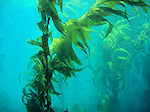
Kelp
Kelp is a sea plant or sea vegetable that thrives on sunlight and takes in the host of nutrients and minerals present in the water around it. Kelp is believed to have many health and nutritional benefits. It is best known for its use in Asian cuisine as a sea vegetable. In its dried form, kelp is used to season soups and sushi. Kelp is a natural source of vitamins A, B1, B2, C, D and E, as well as minerals including zinc, iodine, magnesium, iron, potassium, copper and calcium. In fact it contains the highest natural concentration of calcium of any food. It is traditionally used for improved metabolism, strengthening nails and improving hair growth and improving urine flow. Our kelp is very high DHA (Omega 3).

(DHA Rich) Sea Plankton
Sea Plankton feeds almost all the fish in the ocean in some way or another and contains incredible amounts of nutrients. A particular and special strain of Sea Plankton that is grown in Hawaii, also called Pacific Sea Plankton, contains an incredible nutritional profile with all the essential amino acids plus the healing fatty acids (omega 3’s — EPA/DHA), plus a wealth of vitamins, key minerals and trace elements, rare antioxidants, phospholipids, electrolytes, nucleic acids, enzymes, and co-enzymes. Sea Plankton does not have a shell and is 100% absorbed into the body. It contains a balance of DHA, EPA and ALA. It is not an algae and is grown in sea water ponds in mineral seawater brought from 2,000 feet below sea level.
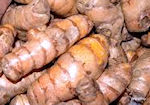
Turmeric
Turmeric is a root spice from Southeast Asia, especially India, that is well known in Indian curry dishes. It contains more than 300 naturally occurring components including beta-carotene, ascorbic acid (vitamin C), calcium, flavonoids, fiber, iron, niacin, potassium, zinc and other nutrients. Only 3% of its content is Curcumin. People taking only Curcumin miss out on the the other nutrients in Turmeric. Turmeric is known for protecting against inflammation and brain deterioration.
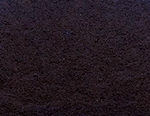
Shilajit Minerals
Shilajit is a brownish-black resin-like material discharged from layers of rock in several mountain ranges throughout the world, including the Himalayan, Tibetan, and Altai mountains. Shilajit is rich in minerals and is in essence modified humus (forming from plant decomposition). It contains many different bioactive compounds including humins, humic acids, fulvic acids, triterpenes, sterols, oxygenated dibenzo-alpha-pyrones, aromatic carboxylic acids, phospholipids, phenolic acids, numerous trace minerals. It is ground into a food powder.

Non-Dairy Probiotics
Our non-dairy probiotics are coconut kefir is, IE, coconut water that has been fermented with kefir grains (from the famed Caucasus mountain region) and then freeze dried. Like dairy kefir, our non-dairy probiotics increase the number of beneficial bacteria and beneficial yeasts in your gut. These probiotics fight unhealthy bacteria and unhealthy yeasts in the gut, and thus help one to maintain a healthier gut. They also help stimulate digestion and boost your immune system.
You Are What You Eat — Which is Why We Recommend Green Powder Superdrink

Rishi Ternes, owner of New Earth Super Foods, left the study of medicine in Germany, came to the U.S. and turned his life over to the pursuit of nutrient dense food and seeking to understand the ability of food to transform health. He believes that “we are what we eat” and that “food should be our medicine”. Rishi owns a Super Food Cafe and Health Transformation Center in Arroyo Grande, California. He continues to search the world for foods that enable to the body to repair itself. As Rishi says, “the nutrients that your body needs are in the foods you aren’t eating.”
Rishi seeks out farmers and food suppliers that are progressive, meaning they are adding minerals and trace minerals to their soils, farming organically and harvesting their foods at the peak of ripeness. Rishi then ensures that those foods are juiced and freeze dried immediately before nutrient loss.
Food is the way of health not vitamins!
Green Powder Superdrink fits with the “first rule of health” which is that food should be our medicine. Green Powder Superdrink also fits with our second rule of health, which is that food engenders health, not vitamins. The United States has among the worst health statistics of all industrialized nations, yet the people of the United States consume more vitamins that the rest of the world combined. That means that you will eventually find, as so many others have already found, that your health will never really start to improve until you give up on vitamins and turn to food. It’s time to turn to food!
- Vitamins, IE nutrient isolates (often made in a laboratory), may look powerful and awesome on the label, but they don’t work as well in the human body as one would hope because they lack the many needed co-factors. Food comes with many needed co-factors nutrients.
- The lack of co-factors is the basic problem of vitamin supplements. Without those co-factors, they’re NOT as useful to our cells. For instance, Vitamin C is not just ascorbic acid but rather it is: ascorbic acid and numerous co-factors that work in the cells like catalysts or tag teams to make chemical reactions occur. The many co-factors are present in foods, but are not in vitamin isolates. The result, therefore, of taking vitamins is that the body has to scavenge body tissues to obtain the needed co-factors, or wait until they are available or the body may simply discard the nutrients for which co-factors are not available. This is extra work and/or a waste of nutrients, and therefore, vitamin isolates, do far less to improve health than does food.
Nutritional Products

 Español
Español

